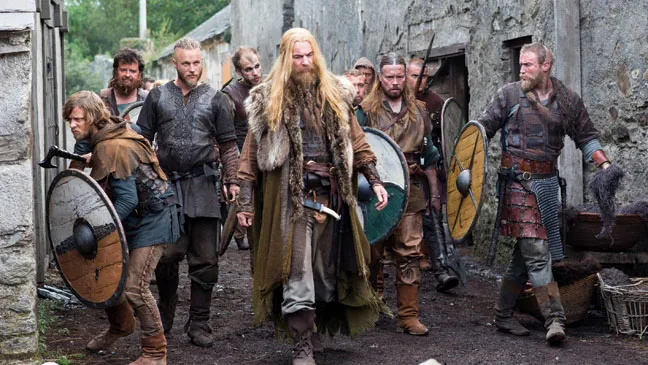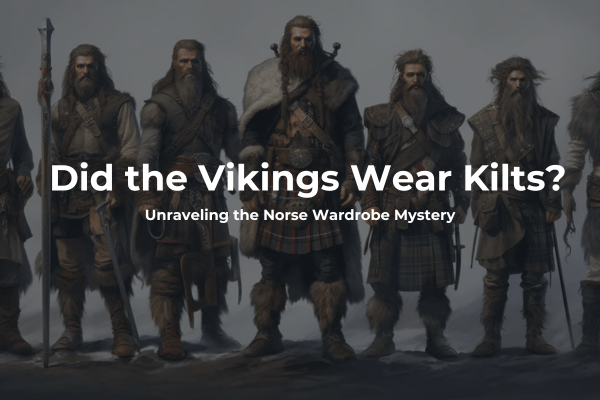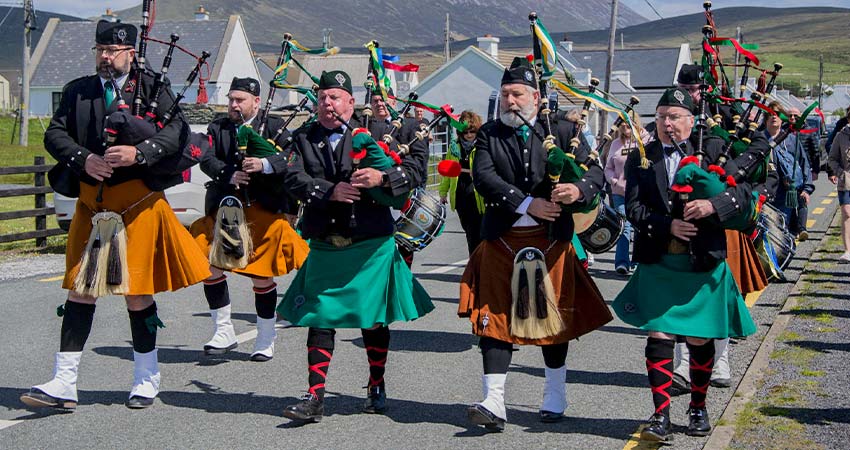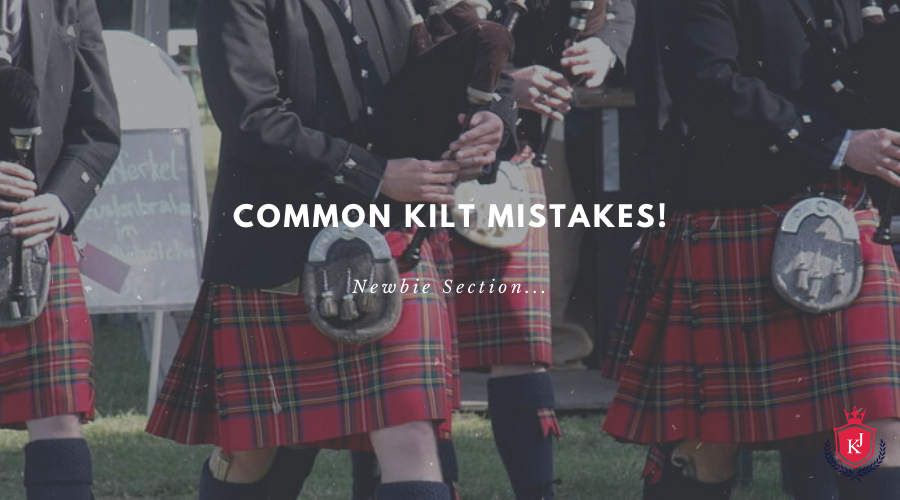In short, no, Vikings did not wear kilts. The Viking Age had its distinct fashion. This blog post delves into the fascinating world of Viking attire, exploring the garments, materials, and styles that defined Norse clothing. Let’s journey back in time to uncover the sartorial secrets of these legendary seafarers.
Table of Contents
The Viking Wardrobe: Beyond the Kilt Myth
The romanticized image of Vikings clad in kilts may stir the imagination, but historical accuracy paints a different picture. Vikings, the seafaring Norse people of the late eighth to early 11th century, had a distinctive style that reflected their climate, culture, and practical needs.

1. Tunic Tidings
At the core of Viking attire was the tunic—a versatile and essential garment. Typically made from wool, linen, or a combination of both, tunics came in various lengths and styles. Vikings adorned themselves with tunics of different colors and patterns, each reflecting their social status, wealth, and personal taste.
2. Cloaks and Mantles
To combat the harsh Nordic climate, Vikings relied on outerwear like cloaks and mantles. Crafted from animal hides or wool, these garments provided warmth and protection against the elements. Cloaks were often fastened with brooches, serving both functional and decorative purposes.
3. Legwear Legacy
Contrary to kilts, Vikings favored trousers and leg coverings. Woolen or linen trousers were commonplace, offering practicality in the colder weather. Leg wraps or puttees were also used for added warmth and protection.
4. Footwear Fables
Footwear was another crucial aspect of Viking dress. Simple leather shoes or boots with turn-up toes and toggles were prevalent. These shoes, designed for durability and comfort, suited the varied terrains Vikings encountered during their journeys.
5. The Head Honcho
Head coverings varied among Vikings. Men often wore simple hoods or caps, while women favored kerchiefs or veils. These head coverings served both practical and cultural functions, protecting against the weather and expressing personal and societal affiliations.
6. Accessorizing the Viking Way
While Vikings weren’t known for elaborate accessories, brooches, belts, and pouches were common additions to their attire. These items were not just utilitarian but also held cultural significance, showcasing craftsmanship and status.
In conclusion, while Vikings didn’t wear kilts, their clothing was a testament to functionality, craftsmanship, and cultural identity. Exploring the nuances of Viking attire allows us to appreciate the intricacies of their society, dispelling myths and unveiling the true fashion legacy of these legendary seafarers.


